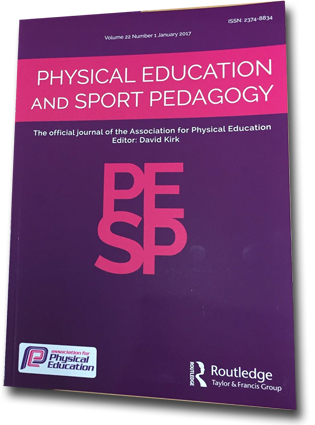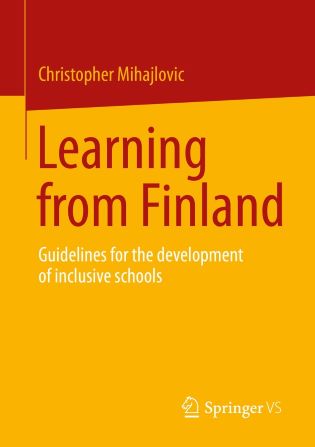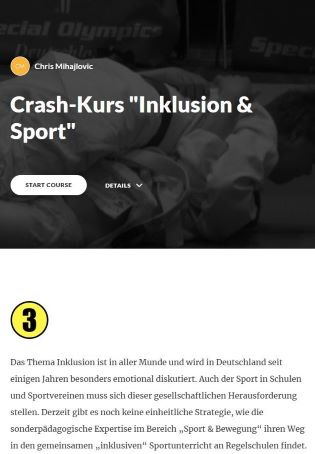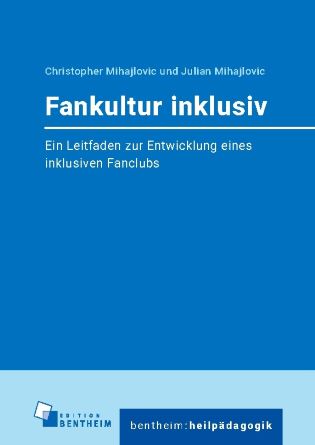Modifying Physical Activities for Maximizing Learning Opportunities: Perspectives of Finnish Physical Educators and Special Educators on inclusive teaching strategies
- Year:2023
- Website:https://doi.org/10.1080/17408989.2023.2260393

Background
Recent curricular reforms have aimed to make the Finnish education system more inclusive which requires the implementation of differentiated and individualized teaching practices within schools. In Finland, as it is internationally, efforts have been made to increase adaptive teaching strategies and collaborative practices between different professionals in the physical education (PE) context. So far, current research has revealed significant findings on how pupils with special educational needs and disabilities (SEND) can be successfully included in integrated/mainstream PE settings, focusing mainly on the perspectives of PE teachers. In comparison, little attention has been paid to the instructional strategies of different pedagogues involved in the PE classroom. Besides, little is known about how inclusive learning environments with an all-embracing approach that goes beyond the inclusion of pupils with SEND can be created in practice. Paying greater attention to these issues holds strong potential to enrich the existing knowledge regarding instructional strategies in PE and could help other teachers justify their educational choices.
Methodology
Drawing on the data from a multiple case study in a Finnish context, we explore how four PE teachers and four special education teachers attempted to work inclusively within PE. Document analysis of the current Finnish national curriculum and semi-structured interviews with special and physical education teachers were used to extend the current understanding of pedagogical practices for dealing with diversity in PE. The interviews have been content-analysed adopting deductive-inductive approach utilizing the TREE model and the Inclusion Spectrum.
Findings
The results of the present study illuminate how PE and special educators often showed willingness to modify the physical activities to meet the individual needs of all learners in PE which included the rules, equipment, and environmental modifications. The findings highlight the variety of instructional strategies used among participants in the PE context. Both teacher professions take individual responsibility for the teaching activities, but their traditional role as independent and autonomous professionals may also be an obstacle for collaboration. This research also identified the important role of collaborative structures and cultures which requires critical reflections of the individual aims and a shared vision of inclusive teaching.
Conclusion
Overall, this paper contributes to a growing body of pedagogical research portraying the perspectives of PE and special educators involved in the PE classroom. Future research should further examine the perspectives of different professionals as it may contribute to a more comprehensive perspective on diversity and inclusive teaching strategies.



